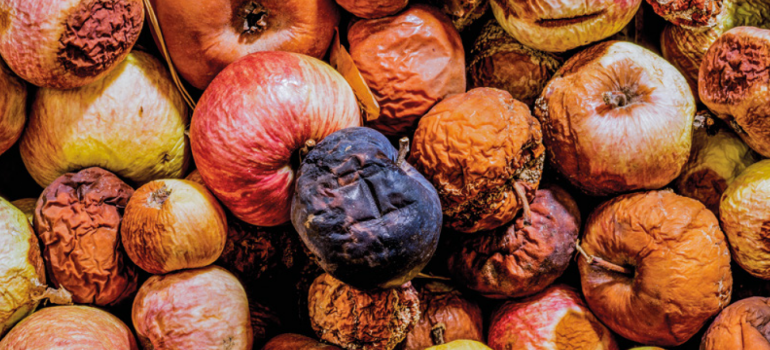Food loss & waste, and nutrition

Food loss & waste, and nutrition
Every year, 1.3 billion metric tons of food produced for human consumption - one third of the total - never reaches the consumer’s plate. Yet 3 billion people today have poor or inadequate diets.
The combined threats of micronutrient deficiencies, undernutrition and obesity pose a serious challenge to policymakers – not only in terms of the health, learning capacity and productivity of their citizens, but also in relation to mounting healthcare costs associated with poor diet quality.
The key to addressing this growing crisis of diet quality is to take policy steps which enable people everywhere, of every age, to eat food containing the full range of nutrients needed to support their health and well-being. This means going further than implementing a new round of policies to increase and diversify food production. While this remains important, losing fewer of the nutrients already produced in the food system needs to be given greater priority.
Reducing loss and waste in nutritious foods would yield substantial benefits far beyond addressing hunger and malnutrition – to encompass economies and the natural environment.
The challenge
Addressing loss and waste in nutrient-rich foods presents a particular challenge. Foods such as fruits and vegetables, seeds and nuts, dairy products, meat, fish and seafood are highly perishable and often prone to pests and disease, making them disproportionately susceptible to both loss and waste.
This brief
The brief: "Preventing nutrient loss and waste across the food system: Policy actions for high-quality diets" sets out the magnitude of the problem across the food system, as well as the main drivers. The same analysis is extended to quantify the benefits that could result if policymakers were to act to substantially reduce losses and waste. In the brief, the Global Panel concludes with six specific priorities for action to prevent food loss and waste, while improving access
